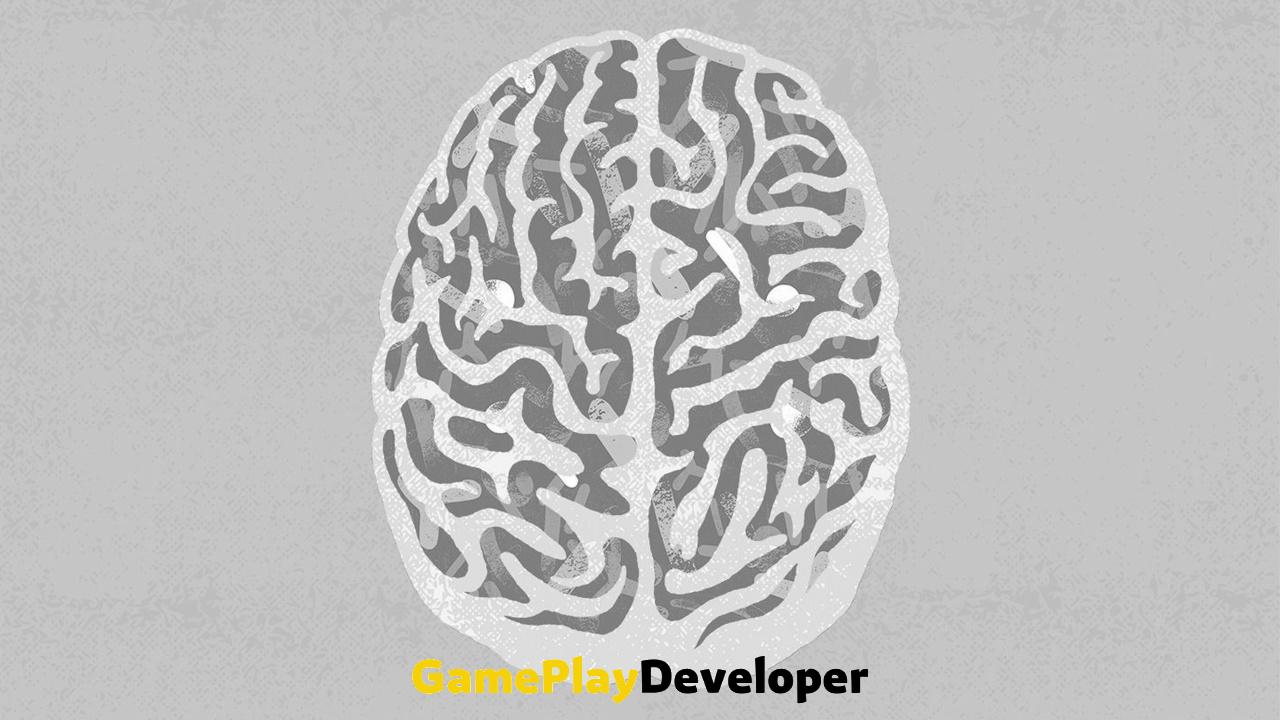If Our Brain Can’t Feel Pain, How Do We Get a Headache?
Like when you have a headache inside your brain It may sound like it hurts, but the situation is actually not like that. Namely; Headaches are …

Like when you have a headache inside your brain It may sound like it hurts, but the situation is actually not like that. Namely; Headaches are not caused by the brain itself.
In other words, the brain itself is not a structure that feels pain. To give a little hint at first, without arousing too much curiosity, when you have a headache We can say that the tissues surrounding the brain are the main place where the pain is experienced. You can think of the headache as an illusion at this point. Well, if you ask how is this, let’s take a look at how it is together.
Nociceptors (a type of receptor) that allow pain to be felt are found in the skin, muscles, joints and some organs.

As we said at the beginning, these boundary fibers are not found in our brains. These are only senses around the brain transmits pain signals. The brain also perceives these signals as pain.
There may even be some of you who are curious. “How do these neurosurgeons operate on patients’ brains?”, “Patients, during surgery does not feel pain is it?” Now you know why. The so-called receptors are proteins on the surface or inside of the cells, which have a signaling function in the middle of the cells. You can think of them as an on-off button that takes a signal from one cell and carries it to another cell.
Of course, there is a need for nociceptors to cause headaches. In fact, we get a headache because the dura and pia membranes between the brain and skull contain these nociceptors.

But let’s underline it again, it’s not in the brain. Sometimes chemicals can be released from the blood vessels next to these two meninges. This activates nociceptors and headache attacks can occur. For example, the nerve tissues, blood vessels and neck muscles surrounding the head area can help you feel these pains. Since the nociceptors are also located in the sinuses in the head region, it can also be caused by an inflammation in the sinus cavities. headachesvisible.

Heavy blood flow is another factor that triggers headaches like migraines. In other words, headaches can occur for different reasons and their types can also vary. For example, in migraine, it is often as if your head is going to crack. throbbing. Light, sound, physical contact etc. nothing is sweet to you at that moment. In fact, when you experience a migraine attack, you may feel very sensitive to these factors.
Or you may experience tension headaches when the muscles in the neck and scalp are tense. Face, mouth and throatSince there are receptors in places like these, any problem that may arise here can trigger headaches again.
However, the exact cause of migraine, a type of headache, is unknown.

Namely, even if the nociceptors reactivate in this type of headache, other triggers that trigger them. factors, could not be determined scientifically. If you say why it could not be detected, the reason is that there is no suitable test animal for the experiments to be done to discover migraine. We can say that migraine is most easily seen because it sensitizes the tissues in the brain that cause pain.

Some of the experts working on this subject migraine, He says it’s caused by endings that secrete proteins called peptides or serotonin (the happiness hormone). They can even cause inflammation in the arteries and around the brain. It is thought that migraine may occur as a result of the activation of these neural networks. In fact, these are essentially networks of borders that cause the blood vessels to dilate. Therefore, as they can provide heavy blood flow, as we mentioned above, they can be considered as one of the causes of migraine.

Some researchers also talk about the role of estrogen (female hormone) in migraine. Women can experience migraine attacks during their menstrual period, which is actually a heavy period during that period. estrogen release subject of speech. Still, scientists are of the opinion that new discoveries can be made about the chemical factors that activate the nociceptors in the head region and that different drugs can be developed accordingly.
For example, currently migraine can be treated with triptans (medication). These drugs release serotonin. receptors It blocks and constricts blood vessels. In this way, these pains can be alleviated. To go back to the beginning, let’s add this: The brain itself does not feel pain, but why do we have a headache, because our brain defines the pain as if it comes from the middle of our head.

In other words, it is possible to say that an illusion in the way the brain perceives causes this situation. We counted the regions where the nociceptors are located at the top; The reason why the pain in one of these places is felt at first is related to the brain’s inability to fully understand where the pain comes from. When the pain in that area cannot be transmitted to the brain correctly, sometimes we had a headacheWe may feel like we have to deal with this pain as soon as possible.

That sometimes even when the nociceptors are not active, the brain can get rid of the bullshit. ‘feeling of pain’ can produce. We can say that this has something to do with the complexity of brain activities. For example, in a psychosomatic disease, there is no damage to the body that will cause pain. But spiritually, that pain is felt, and this is exactly like him. In fact, some scientists believe that migraine is just for this reason. a psychosomatic conditionHe says it can be.
In other words, according to this approach, if the neurons in the brain are very sensitive, the brain will understand the situation it is in. interpret it differently It may cause reflections such as headache or migraine attack. Well, which experts’ approach do you think makes more sense? You can share your ideas with us in the comments.
- Resources:Brain Facts, Science Focus, Neuro Science
- Image Sources: Psych Central, Everyday Health, Science Focus, The Guardian, Bezzy Migraine, She Knows, Dr. Shikha’s Nuriwel Health, Healthline







